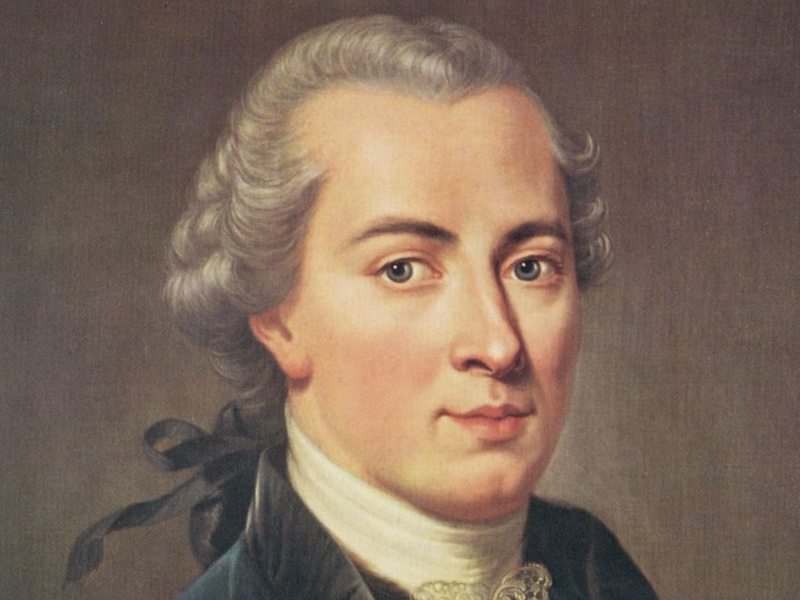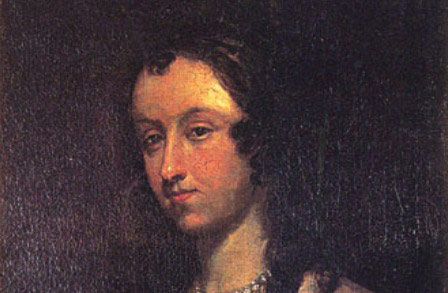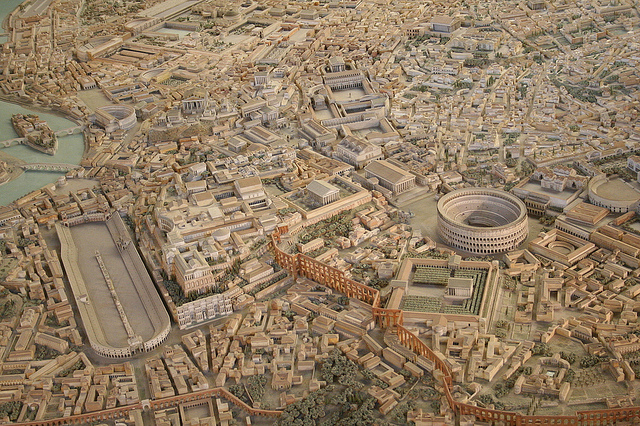
CLAS 532
November 4, 2020
Translation, Classics & Aesthetics

1. Lefevre, “Mother Courage’s Cucumbers: Text, System and Refraction in a Theory of Literature”: translation as refraction/rewriting of ST into a new, stochastic literary system (= patronage, poetics, ideology) that reveals target culture’s canonizing process (“hierarchy of restraints” (p. 207) in each culture’s system), e.g., case of Brecht’s alienating, political theater in English; the construction of a “classic”:
“It is through critical refractions that a text establishes itself inside a given system (from the article in learned magazines to that most avowedly commercial of all criticism, the blurb, which is usually much more effective in selling the book than the former). It is through translations combined with critical refractions (introductions, notes, commentary accompanying the translation, articles on it) that a work of literature produced outside a given system takes its place in that ‘new’ system. It is through refractions in the social system’s educational set-up that canonization is achieved and more importantly, maintained. There is a direct link between college syllabi and paperback publishers’ backlists of classics ...” (p. 216)
2.
“Dryden’s Ovid: Aesthetic Translation and the Idea of the Classic” (Martindale): is aesthetic appreciation of translation possible (“translation for its own [non-utilitarian] sake”)?
3. Aphra Behn (1640-89), Poetry Foundation entry (cf. Martindale, p. 86)

4. McElduff, “The Post-Ciceronian Landscape of Roman Translation Theory” (Senecas, Quintilian, Pliny the Younger, Aulus Gellius): translation as competition of status-conscious, bilingual elites; zero-sum evaluations (vincere) vs. nuanced ideas of exchange (loss/gain) or multidirectional reception dominate
5. Reviews of Juvenal (Braund’s Loeb, Dominik & Werhle textbook)
